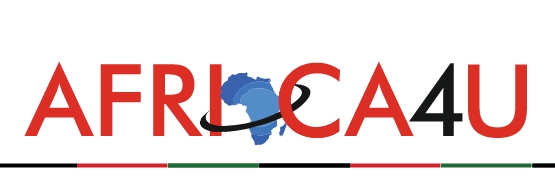(3 minutes read)
The Niger government has decided to use chemicals to induce rain to lessen the impact of the severe drought that has caused a food crisis in the country this year.
The Niger government has decided to use chemicals to induce rain to lessen the impact of the severe drought that has caused a food crisis in the country this year. The “induced rain” technology involves using an aircraft to introduce chemicals into the clouds, including a mixture of silver, sodium, and acetone.
Official sources said that it was necessary to act on the problem of drought in order to have many more days of rain and at the same time increase the intensity of rain. Niger has had many prolonged dry spells that disrupted the development of crops and pastures. The west of the country, including the Niamey region, benefited from the first interventions to induce rain in the beginning of August, after a long spell of drought. The rain-inducing exercise will continue till the end of September. Niger has a short rainfall season and the number of rainy days varies from north to south, with annual rainfall ranging from less than 100 mm, mainly in the north, to 700-800 mm. However, floods have recently affected the desert north due to climate change.
Read Also:
https://trendsnafrica.com/former-president-of-niger-mahamadou-issoufou-new-mediator-of-burkina-faso/
In addition to the drought in several regions, some regions are affected by severe floods that have killed 53 people, affected 87,942, and injured 74 recently. According to the government, more than 4.4 million people are severely food insecure, or about 20% of the population.
A recent study published by the Egyptian Center for Thought and Studies sheds light on the Egyptian state’s efforts to open the door to investment in green hydrogen with regard to energy sources. The study explains that this comes in light of the government’s efforts to diversify the basket of energy sources in recent years, opening the door for investments in green hydrogen is considered a promising field in the event of overcoming various challenges.
The Egyptian government signed a memorandum of understanding with the Indian Energy Company, with the aim of building a green hydrogen production facility worth US$8 billion in the Suez Canal Economic Zone. The value of the first phase of the development plan for the facility amounts to 710 million US dollars and covers 600,000 square meters.
The deal targets the export market and a small amount of the internal market. Egypt plans to produce 20,000 tons of green hydrogen and 100,000 tons of green ammonia by the year 2025. It aims to serve different sectors that can be adapted to the energy source developed, such as the transportation sector. The ultimate goal is to produce 220,000 tons of green hydrogen and 1.1 billion tons of green ammonia.





